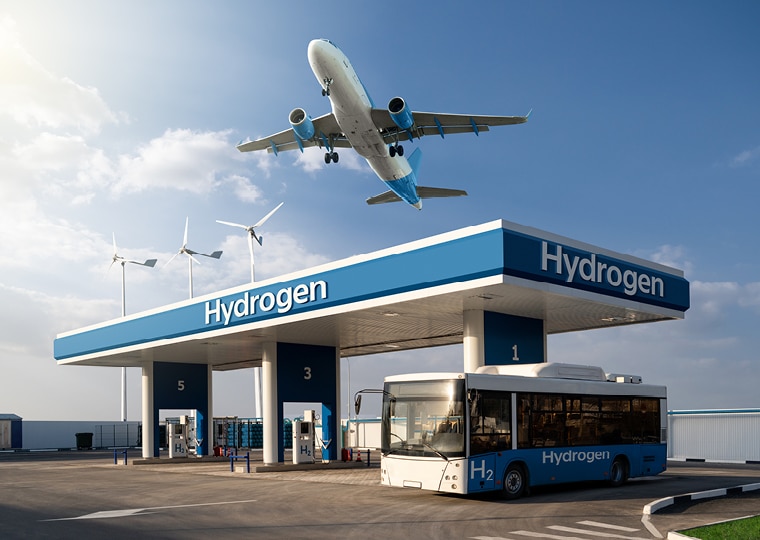
In April, a deadly ice storm struck Quebec and Ontario, Canada, resulting in two fatalities and significant damage to property and infrastructure, while also leaving more than one million residents in Canada’s two most-populous provinces without power for several days.
As a resident of the Montreal metropolitan area, which was at the epicenter of the storm, I experienced firsthand how extreme weather events can disrupt our lives. Unfortunately, across the United States, Canada, and the rest of the world, events of this nature are becoming more and more common, putting a tremendous strain on grid systems and other energy infrastructure, just as transit agencies across the globe are pushing to electrify their transportation networks.
In the U.S., the recent boom in transportation electrification has led to a huge influx of zero-emission buses (ZEB) on the roads. In 2022, ZEB usage increased to 5,269 and 849 in the U.S. and Canada respectively, while STV is currently supporting major transit agencies like the Los Angeles County Metropolitan Transportation Authority, Montgomery County Department of Transportation in Maryland and the Toronto Transit Commission in their efforts to transition to zero-emission technology.
At the same time, during extreme weather events and other natural disasters, it is commonplace for governments and transit agencies to remove vehicles like buses from the roads and restrict service as a matter of safety. That means during these emergencies most vehicles are being stored in depots or maintenance facilities and not performing work.
While it is always a priority of ours during these extreme weather events to work with our clients, and with local governments and agencies to restore transit services – whether it be local bus, school bus or paratransit – as safely and effectively as possible, the continuing advancement of ZEB technology and deployment may also be an option to serve the needs of the community when there’s a strain on the power grid during a weather emergency or natural disaster.
This is accomplished by equipping ZEBs with vehicle-to-grid (V2G) technology, which means the vehicles can provide power rather than take it, similar to a travel power pack for your mobile phone or tablet. To put it in context, a typical heavy-duty battery-electric bus (BEB) has at least a 500kWh battery while the average American home consumes about 886 kWh/month, which translates to a single BEB bus generating enough juice to power 16 homes for a day.
Additionally, these vehicles can serve as a resource at facilities that do not typically have backup generation like senior centers. In these instances, a BEB bus can be plugged into a building to sustain crucial systems such as heating without moving and potentially endangering residents.
We’ve already seen examples of electric vehicles as energy resources in other parts of the world. Prince Edward Island, Canada, recently launched a pilot program where the island will utilize its fleet of electric school buses to power warming centers in the event of a power outage. Similarly, in Beverly, MA, BEBs provided 80 hours of energy back to the grid during peak summer usage. In both cases, these vehicles were providing clean and quiet power – which anyone who has ever been in the vicinity of a diesel generator running 24/7 can appreciate.
STV’s zero-emissions mobility team prides itself in working with clients to create robust master plans that account for a wide spectrum of scenarios during the fleet transformation process. That includes factoring in the potential need for V2G implementation during a weather emergency. As we support these transition plans across North America, we will continue to embrace solutions that will not only aid in the broad goals of decarbonizing our transportation network but also make our infrastructure more resilient and sustainable.

Sam Hrvacic is an STV vice president and senior engineering operations manager in the organization’s zero-emissions mobility practice. He has more than 20 years of experience in strategic leadership and client management and specializes in heavy vehicle electrification solutions.






